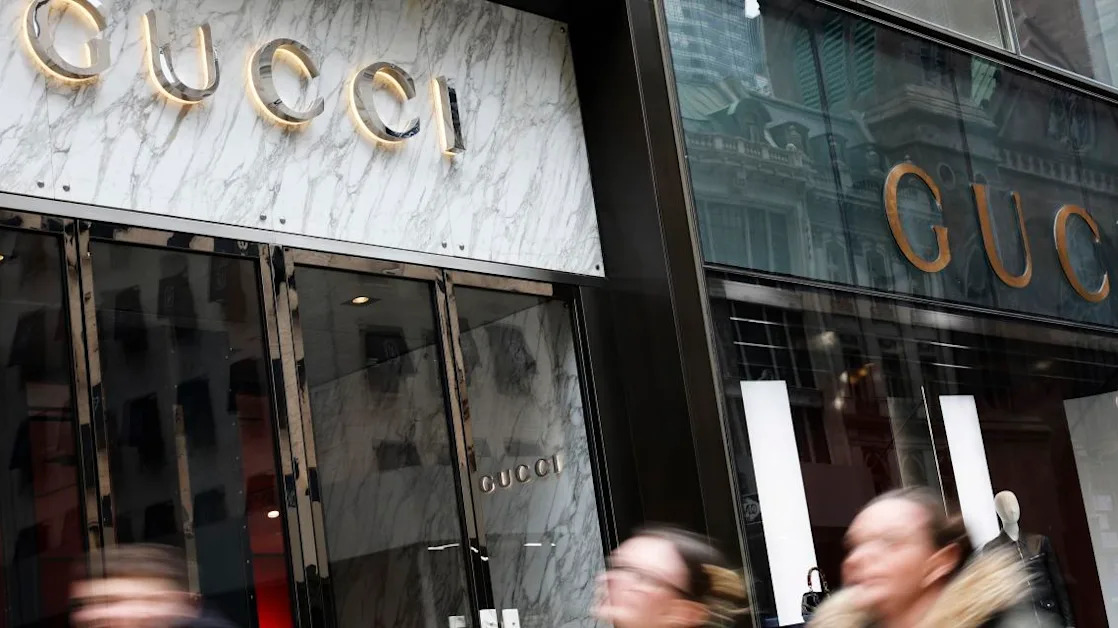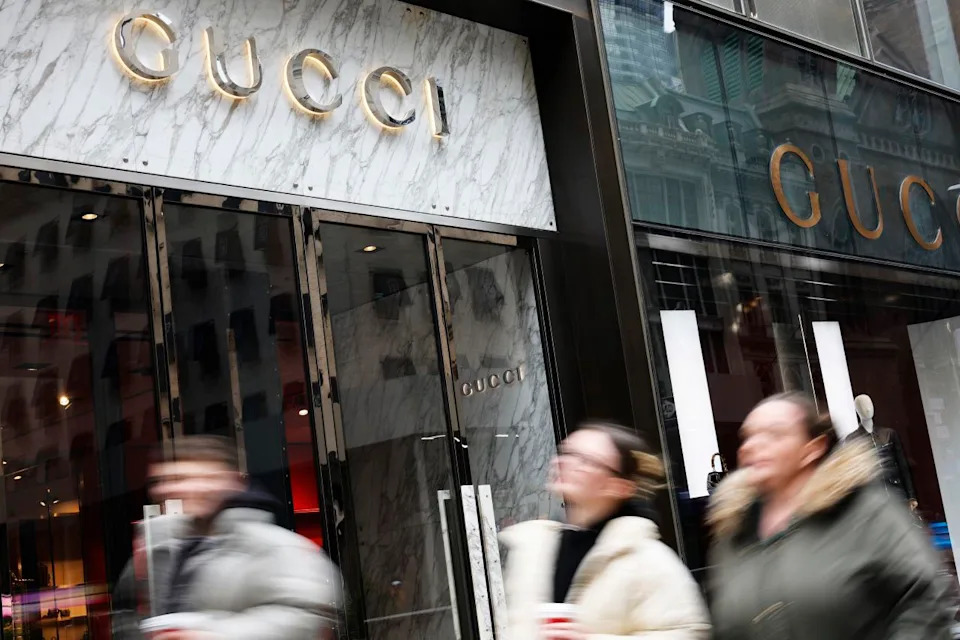
A Weak Dollar and Record Gold Price Are More Bad News for Luxury Stocks

As if direct tariffs weren’t bad enough. Skittish investors who are dumping the dollar and hoarding gold could make a visit to the luxury store even more expensive for Americans.
The dollar has slid roughly 5% against the euro since April 2. Its fall has been surprising; investors usually buy the dollar when the outlook for the economy darkens. Worries about how President Trump’s 145% tariffs could hurt the Chinese economy have also sent the yuan down around 5% against the euro recently.
Most Read from The Wall Street Journal
The moves are a problem for European luxury companies. Their businesses thrive when the dollar and yuan are strong and the euro is weak.
High-end brands manufacture their goods in Italy and France, so their costs are in euros. But they do most of their business with Chinese and American consumers, who together generate more than half of the luxury-goods industry’s sales.
Meanwhile, investors and central banks crowd into gold, creating another irritant for brands. Gold touched more than $3,300 an ounce last week. This raises input costs for luxury watch and jewelry makers that will have to be passed on to clients.
Brands will probably have to raise prices in the U.S. and China to protect their profit margins. Trump’s 90-day tariff pause means imports from the European Union currently carry a 10% levy, down from the 20% rate that was initially announced.
But any temporary relief from the lower rate will be wiped out by the weaker dollar, according to analysts at Jefferies.
Brands such as Chanel or Christian Dior that cater to the wealthiest shoppers can probably get away with charging more without damaging demand. Last week, Hermès said it would raise prices in the U.S. on May 1, passing the full pain of tariffs on to the American consumer. For weaker labels such as Gucci, price increases could give customers a reason to stay away.
Shoppers will also be less in the mood to splurge while on vacation. U.S. luxury consumers make around 20% of their purchases overseas, according to Bernstein luxury analyst Luca Solca. Regional price differences and tax refunds mean it can be almost a third cheaper to buy the same Louis Vuitton handbag in Paris than in New York.
The dollar’s slide will make overseas shopping trips more expensive. So American tourists won’t provide the same boost to sales in Europe’s luxury stores that they have over the past couple of years.